Market Share
Automotive Engine Cooling System Market Share Analysis
Due to technological advancements, environmental concerns and changes in consumer preferences, the automobile engine cooling system market has undergone significant trends and transformations. Among these is an increasing focus on energy efficiency and sustainability evident through automotive manufacturing companies’ adoption of advanced engine cooling systems to meet stringent emission standards as well as lowering their carbon footprints. As a result, there have been improvements in technologies such as electric fan cooling, advanced radiator materials and better coolant formulations enhancing the whole system efficiency.
Another notable trend for automotive engine cooling system market is the incorporation of smart and connected features. Cars are increasingly being connected with one another globally via the internet hence becoming smarter, thus, this has also affected cooling systems in cars. This implies that smart cooling systems can adjust their performance based on live data to optimize cooling efficiency and preventing overheating from occurring. Consequently, it has led to a more reliable engine coolant for vehicles whilst increase its longevity and overall vehicle performance.
In addition to that, the shift towards electric/hybrid vehicles is affecting the automotive engine cooling system industry. The move toward electrification of the automotive industry means that traditional internal combustion engines are either being replaced or supported by electric powertrains. Unlike traditional engines, Electric Vehicles (EVs) and hybrid vehicles need specialized cooling solutions due to different requirements. A battery thermal management system is particularly important within this context as it forms a critical part of an EV’s thermal landscape; enabling optimal battery performance while maintaining longevity.
The demand for lightweight materials used in automobile production affects development of components for engine coolers. Manufacturers are researching into lighter materials like aluminium and composite alloys so they can reduce weight in overall terms in relation to their air conditioning unit designs. Lightweight parts offer better fuel efficiency but also improve maneuverability and dynamics of cars generally. This movement towards light weighting reflects wider industry moves being made to meet fuel efficiency and vehicle environmental sustainability requirements.
Additionally, the aftermarket segment of automotive engine cooling system market has its own trends. Older vehicles on the roads are calling for replacements or upgrades of their cooling systems. Customers are opting for aftermarkets with performance improvements, durability enhancements, and compatibility with older models among other benefits. Furthermore, increased interest in automobile maintenance by owners themselves has boosted the demand for aftermarkets that cater to engine cooling systems in cars.

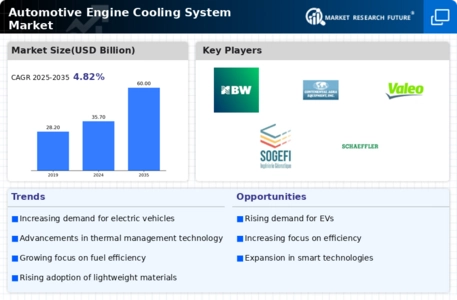
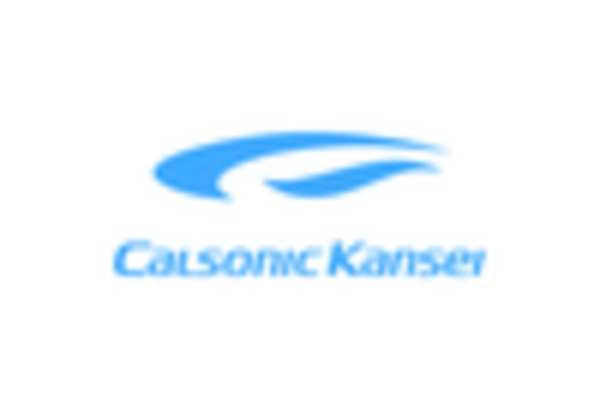
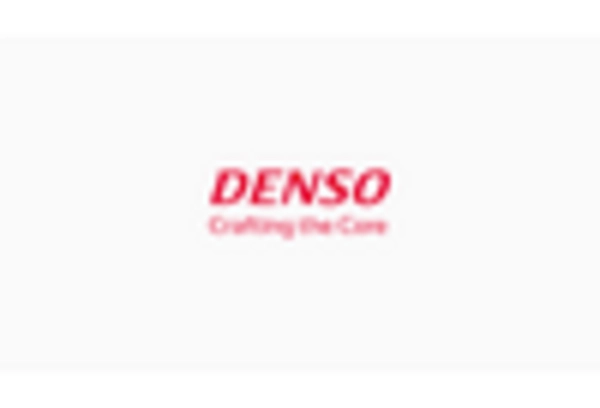
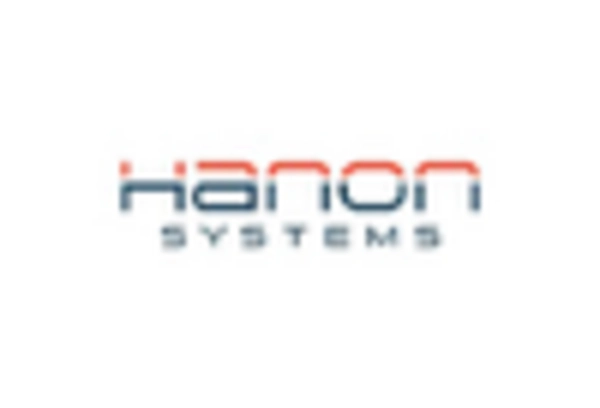
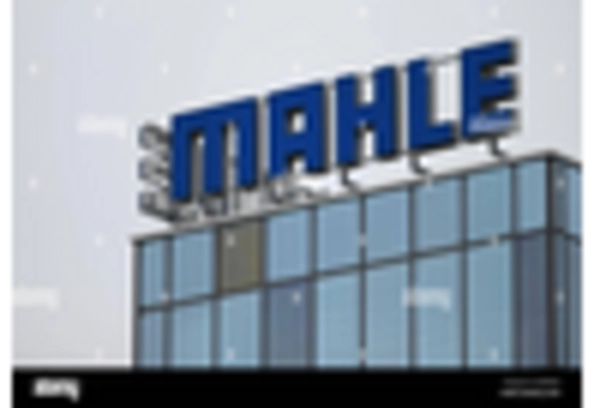
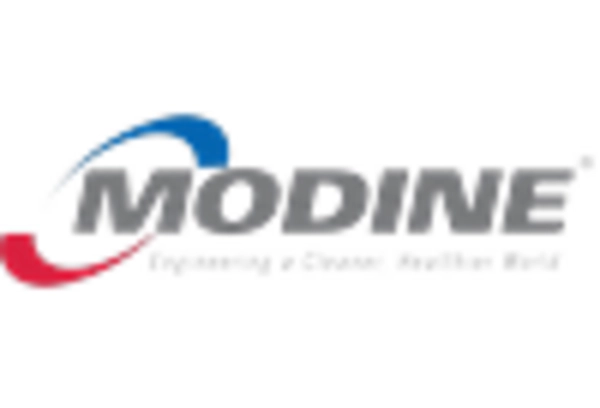
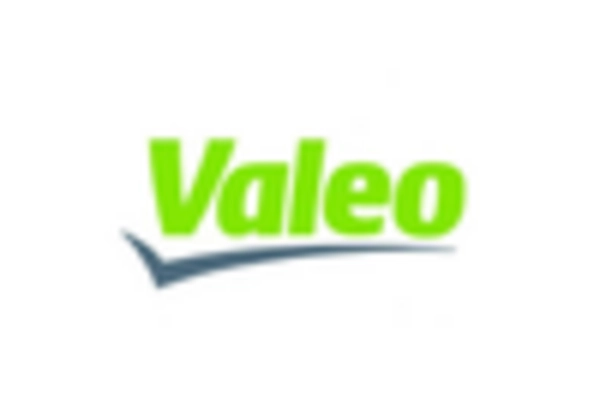









Leave a Comment